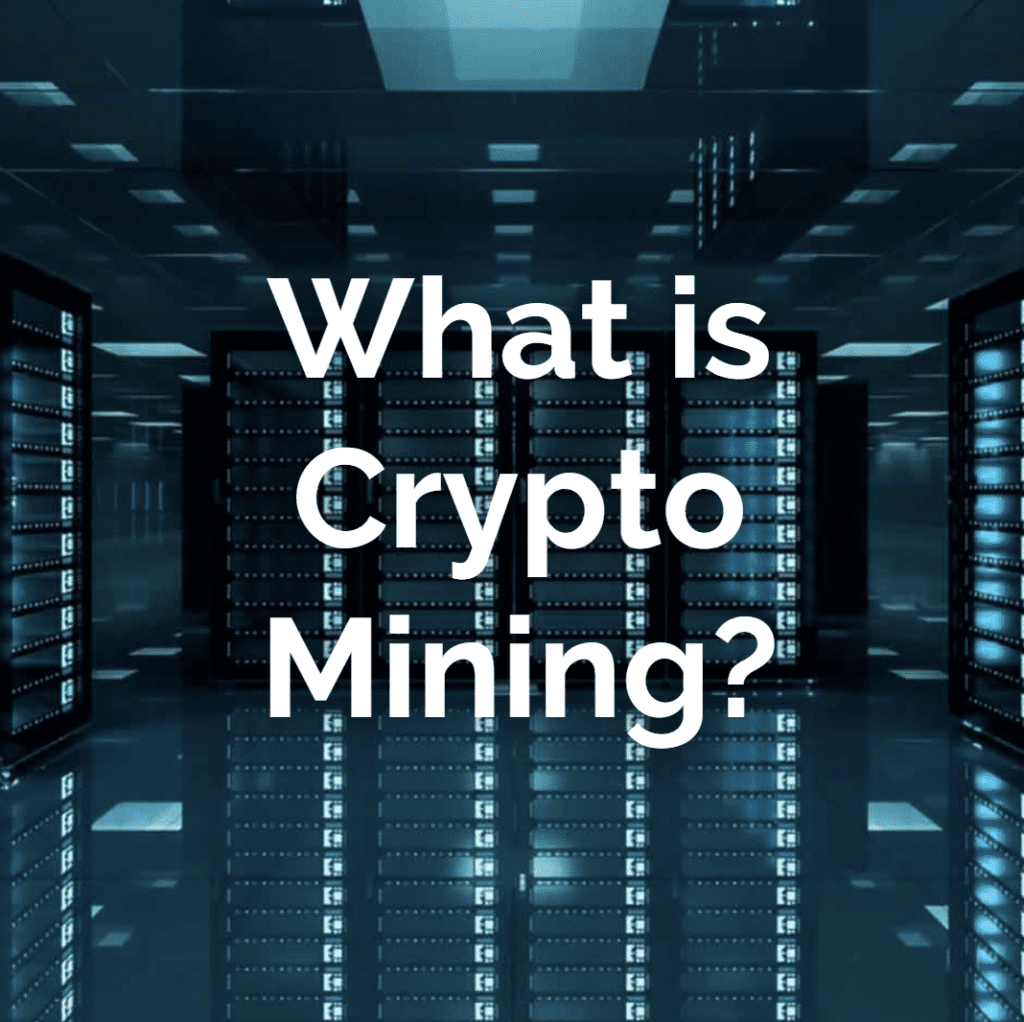Table of Contents
Many of you have heard about crypto mining and mining farms. Probably, most of the first crypto investors started their journey by building mining farms.
What is Crypto Mining?
Crypto mining is the process of creating new units of cryptocurrency by solving complex mathematical problems. Specialized devices called miners are used for this purpose, and they consume a significant amount of electrical energy.

History of Crypto Mining
The history of cryptocurrency mining began in 2009 with the emergence of the first cryptocurrency, Bitcoin. At that time, it was a relatively obscure concept, but it became clear early on that mining could become a profitable business.
Since then, mining has become an integral part of the cryptocurrency industry. It involves the process of creating new blocks on the blockchain, which, in turn, generates new coins and tokens. Miners are rewarded for their efforts with newly created coins, which they can either sell or exchange for other cryptocurrencies.
Today, mining is one of the most popular ways to earn cryptocurrency. It continues to evolve, becoming increasingly efficient and profitable. Many companies have already invested in mining farms to acquire new coins for their portfolios or for sale on the market.
Mining also plays a crucial role in ensuring the security and reliability of the blockchain. Each new block in the blockchain is created by a miner who must confirm the accuracy of the transaction and add it to the blockchain. If a miner fails to confirm a block, it will not be added to the blockchain, potentially leading to data loss and a disruption in the system’s integrity.
Basic principles of how a mining farm operates
A mining farm is a collection of miners grouped together in a single network. It consists of multiple devices that work in unison to mine cryptocurrency. The devices used in mining farms can vary in type, but they are typically based on graphics cards (GPUs) or processors (CPUs).
Here are the basic principles of how a mining farm operates:
- Miners are Connected to a Common Network: Miners within the farm need to be connected to a shared network to collaborate on mining activities.
- Solving Complex Mathematical Problems: Each miner on the farm is responsible for solving complex mathematical problems to validate transactions and create new blocks of cryptocurrency.
- Sufficient Mining Power: The farm should be equipped with an adequate number of miners to ensure high mining performance and competitiveness.
- Security Measures: Mining farms need to be secured against potential attacks and unauthorized access, as they often house valuable cryptocurrency mining equipment.
The configuration of a mining farm can vary depending on its size and the type of mining devices used. However, a typical mining farm includes the following components:
- Server Room: A dedicated space with sufficient electrical capacity and cooling infrastructure to accommodate the mining equipment.
- Mining Hardware: This includes the actual mining devices, such as graphics cards (GPUs) or application-specific integrated circuits (ASICs), which are responsible for performing the mining calculations.
- Farm Management System: A control system that oversees the operation of miners, monitors their performance, and collects data on cryptocurrency mining activities.
- Networking Equipment: Networking infrastructure is crucial for connecting the mining farm to the internet and other mining farms, facilitating communication and data exchange.
Mining farms are essential for large-scale cryptocurrency mining operations. They enable miners to combine their computing power, increase their chances of successfully mining new blocks, and earn rewards in the form of newly created cryptocurrency coins or transaction fees. The profitability of a mining farm depends on factors like the cost of electricity, the mining hardware’s efficiency, and the cryptocurrency’s market price.
Which cryptocurrencies can be mined?
There are numerous cryptocurrencies that can be mined, each with its own characteristics and hardware requirements. Here are some of the most popular cryptocurrencies and the types of equipment used for their mining:
Bitcoin (BTC): Bitcoin is the most popular and widely recognized cryptocurrency. Specialized devices called Application-Specific Integrated Circuits (ASICs) are required for its mining. ASICs are designed exclusively for Bitcoin mining and provide high performance.
Ethereum (ETH): Ethereum is the second most popular cryptocurrency. Mining Ethereum can be done using powerful Graphics Processing Units (GPUs) or ASICs specifically designed for this cryptocurrency.
Litecoin (LTC): Litecoin is an alternative cryptocurrency that can be mined using graphics processing units (GPUs). It is less resource-intensive compared to Bitcoin and Ethereum.
Ripple (XRP): Ripple is a cryptocurrency designed for fast and inexpensive international payments. Its mining can be performed using regular computers and does not require specialized equipment.
Monero (XMR): Monero is an anonymous cryptocurrency designed to provide a high level of privacy. Its mining can be done using both Monero-specific ASICs and high-performance graphics processing units (GPUs).
Crypto Mining Risks
What are the risks associated with mining and how to minimize them?
One of the main risks is the high cost of mining equipment. To start mining, you need to invest in expensive hardware that can quickly become obsolete and lose its value.
Another risk is the volatility of cryptocurrency prices. Prices can fluctuate depending on various factors, such as political events, economic crises, and so on.
To minimize these risks, you can use specialized mining software that allows for automated equipment management and mining process monitoring. Additionally, you can diversify your investments across multiple cryptocurrencies to spread your risks.
Prospects for cryptocurrency mining
The prospects for cryptocurrency mining are linked to the growing number of users, the advancement of blockchain technology, and the increase in the number of mining pools. Additionally, mining can be used for creating decentralized applications (dApps) that utilize blockchain for data storage and transactions.
Trends in the development of cryptocurrency mining include the rising difficulty of mining, the adoption of new mining algorithms, and the creation of new cryptocurrencies. Furthermore, mining pools are becoming increasingly popular, enabling participants to achieve higher mining profitability.